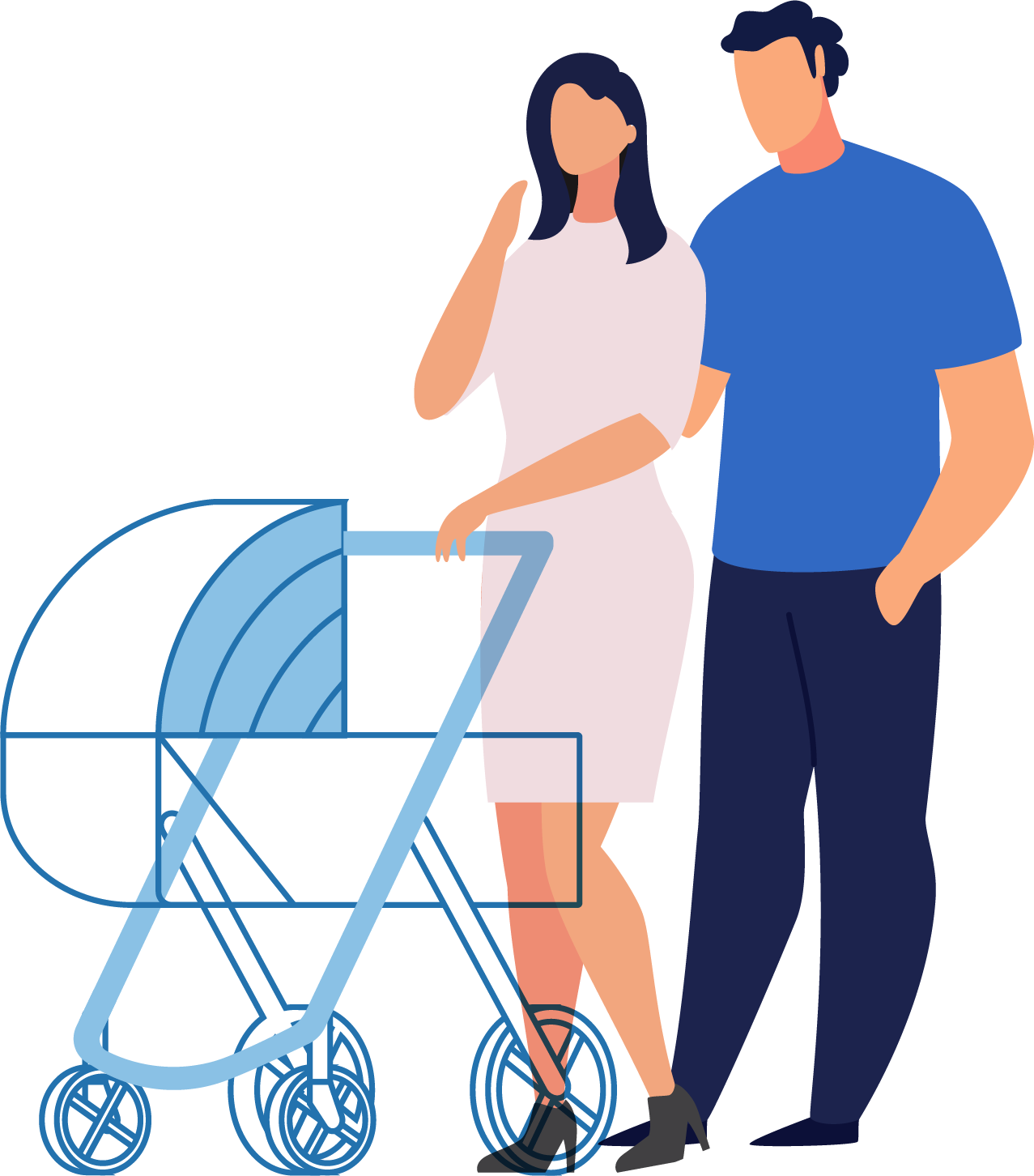Nipple Vasospasm: Causes, Symptoms & Treatment
As a woman, have you ever wondered "why do my nipples turn purple sometimes?" It may feel like a strange question to ask - but believe us - If you have, you're not alone! Purple coloration of the nipple or areola is a telltale sign of something called 'nipple vasospasm'. This is a common condition that affects many women, but unfortunately, it is all-too-often misunderstood. In this article, the Limerick team will explore what nipple vasospasm is, its causes, symptoms, and what you can do about it - let's take a look.
Questions Moms Ask: "Why Do My Nipples Turn Purple Sometimes?"
Introduction to Nipple Vasospasm
Nipple vasospasm is a condition that occurs when the blood vessels in the nipple constrict or narrow, causing the nipple to change color and turn purple or white. This can happen due to various reasons, and we'll look into some of the more common ones in a few moments - but before we do we want to stress that this is a normal reaction for your body to have to the stimuli that cause it - it doesn't mean that anything is wrong with your nipples, breasts or milk production.
Questions Moms Ask: "Why Do My Nipples Turn Purple Sometimes?"
Causes of Nipple Vasospasm
There are several causes of nipple vasospasm, but some of the more common ones include:
Exposure to Cold Temperatures
Exposure to cold temperatures is one of the most common causes of nipple vasospasm. When exposed to cold temperatures, the blood vessels in the nipple constrict, reducing blood flow to the area. This change in blood flow is what causes the nipple to white to purple
Hormonal Changes
Hormonal changes can also cause nipple vasospasm. This is because hormonal changes can affect the blood vessels in the body, again causing them to constrict. Women who are pregnant are more likely to experience nipple vasospasm due to hormonal changes.
Stress
Stress can also cause nipple vasospasm. When you are stressed, your body releases adrenaline, which can cause the blood vessels in the body to narrow. Once again this can lead to reduced blood flow to the nipple, causing it to turnwhite to purple
Nipple Damage / Trauma
If your nipple suffers some sort of trauma or damage as a result of breastfeeding, vasospasm can occur as a knock-on effect of that damage.
Raynaud's Phenomenon / Syndrome
Raynaud's is a physiological condition that causes blood vessels (typically in the extremities) to constrict. Because of this, women with Raynaud's are more likely to experience nipple vasospasm when breastfeeding because they have this extra potential cause of blood vessel constriction.
Questions Moms Ask: "Why Do My Nipples Turn Purple Sometimes?"
Symptoms of Nipple Vasospasm
The symptoms of nipple vasospasm include:
- Nipple pain
- Nipple turning purple or white
- Tingling sensation in the nipple
- Burning sensation in the nipple
- Sensitivity to cold
Questions Moms Ask: "Why Do My Nipples Turn Purple Sometimes?"
Treatment of Nipple Vasospasm
Treatments for nipple vasospasm can vary dependant on how severely a woman is experiencing the condition. Some common treatment options include:
Keeping Warm
This is one of the simplest ways to treat nipple vasospasm. Wearing more or warmer clothing, using heat pads or warm compresses, or taking warm showers can all help to alleviate nipple vasospasm.
Medications
In some cases, your doctor may prescribe medication to help alleviate the symptoms of nipple vasospasm. The calcium channel blocker Nifedipine (sold as ‘Adalat’ or ‘Procardia’) is often used for this purpose, though even over-the-counter pain medication such as Advil or Tylenol can help too.
Lifestyle Changes
Certain lifestyle changes - such as reducing stress and quitting smoking or caffeinated drinks - can also help alleviate the symptoms of nipple vasospasm.
Questions Moms Ask: "Why Do My Nipples Turn Purple Sometimes?"
FAQs
Is Nipple Vasospasm Painful?
Yes, nipple vasospasm can be painful. Women who experience nipple vasospasm may feel a burning, throbbing or tingling sensation in the nipple, or even deeper into the breast.
Can Nipple Vasospasm Affect Breastfeeding?
Yes, and mainly in two ways. Vasospasm should not affect the production of milk, but decreased blood flow to the nipple can inhibit the flow of milk, making it harder for mom to express. In severe cases, the discomfort a breastfeeding mother may feel when she experiences vasospasm may also simply be enough to make her want to stop breastfeeding.
Questions Moms Ask: "Why Do My Nipples Turn Purple Sometimes?"
Further Reading
If you want to find out more about the relationship between nipple vasospasm and breastfeeding, then this article from whattoexpect.com and this article from kellymom.com have you covered.
Questions Moms Ask: "Why Do My Nipples Turn Purple Sometimes?"
More About Limerick
The Limerick team are moms just like you, and we have a passion for breastfeeding. We created our own hospital-grade breast pumps featuring patented technology that mimics a baby's natural nursing pattern - and which you can buy here. In addition to that however, we're also on a mission to help breastfeeding moms on their breastfeeding journey. We do this by providing reliable information on a number of practical and health-related topics in our resource center, and by offering a safe, inclusive, reassuring space for moms to talk about all aspects of breastfeeding, or have their questions answered by someone that's 'been there and done it' themselves.
